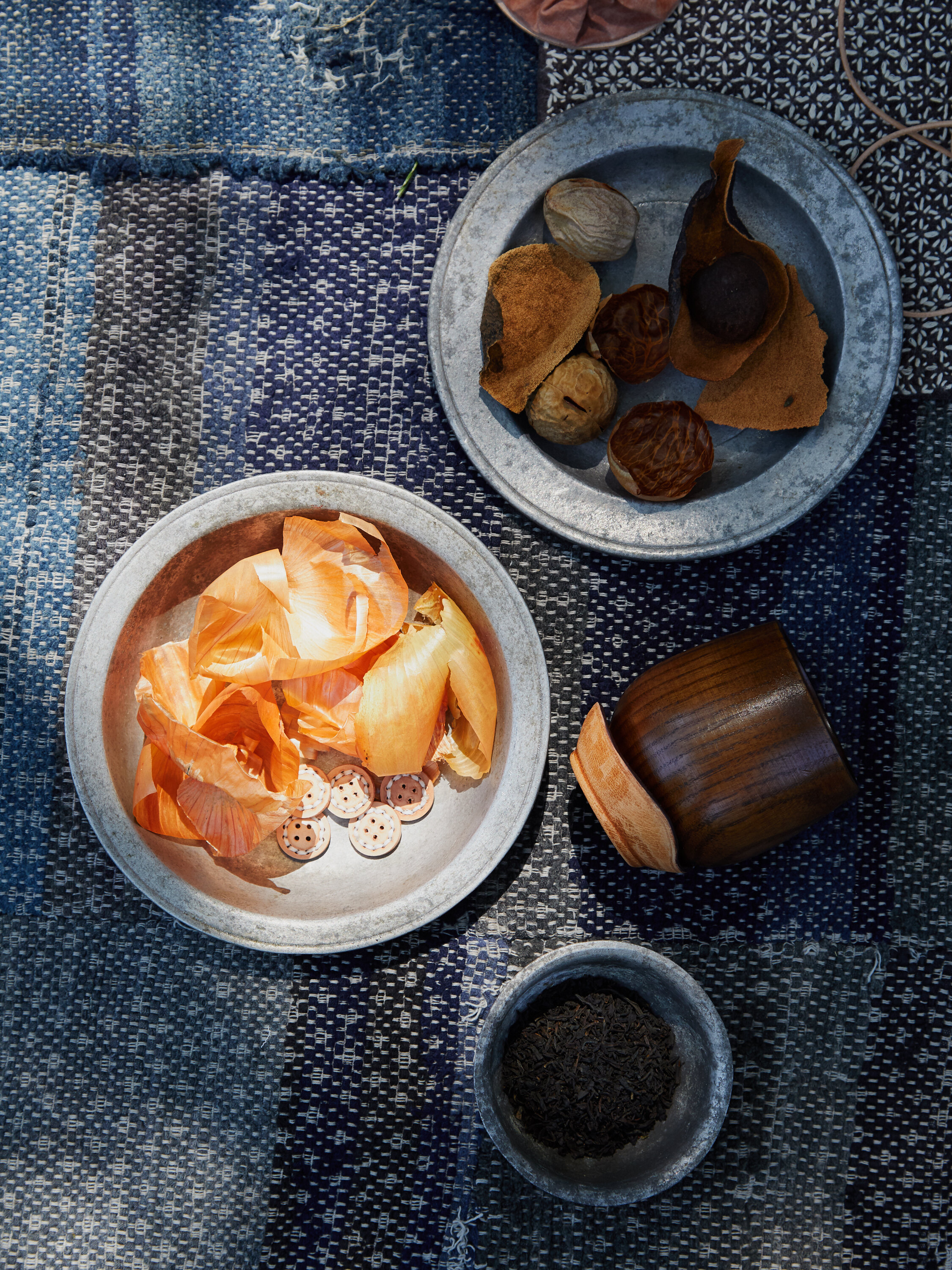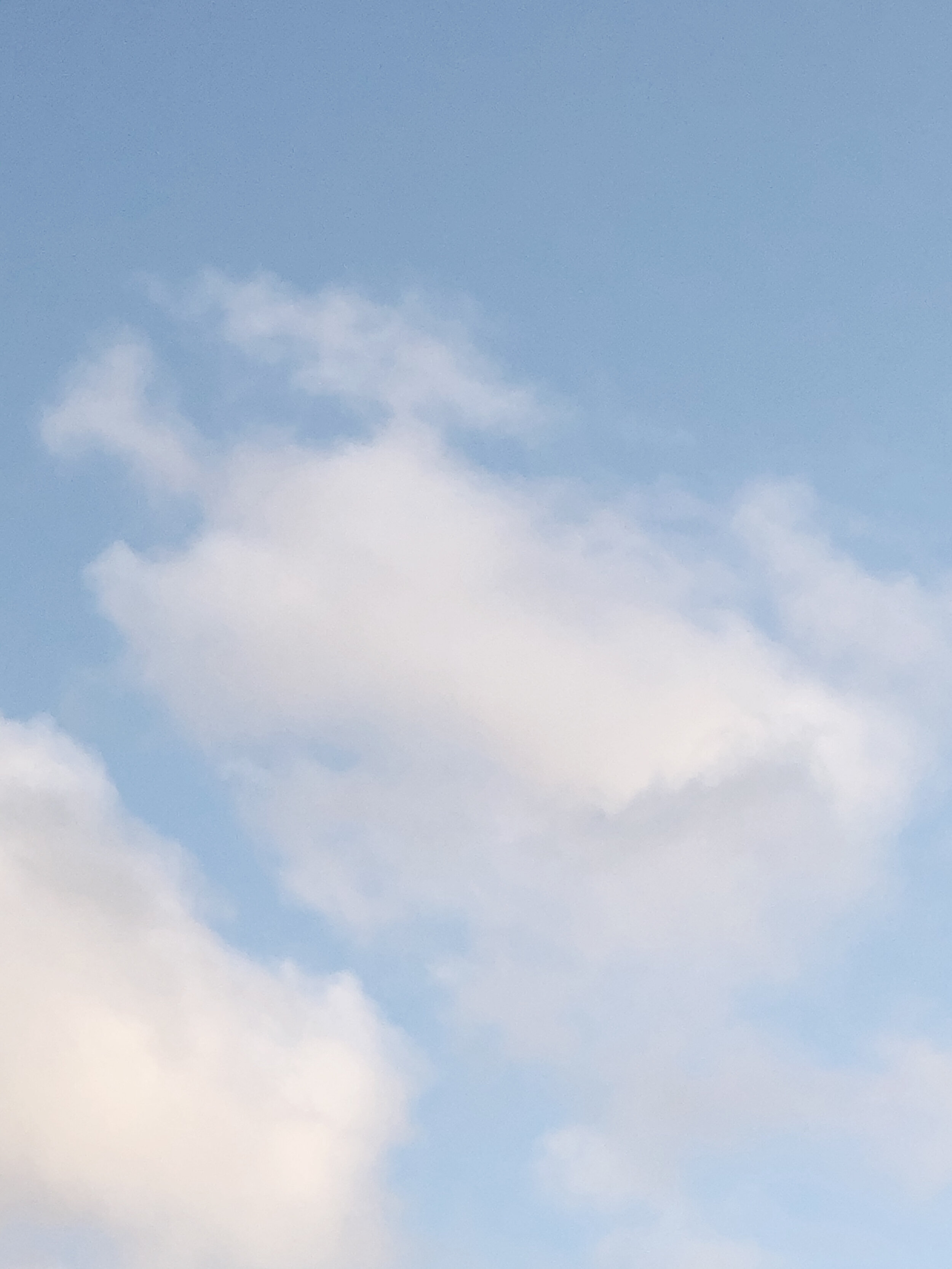It’s beginning to look a lot like Christmas!
Christmas is getting close and, while we are busy working on holiday orders, we would also like to share some of our holiday spirit. Some little things that make us happy, infuse us with holiday vibes and make the house smell great.
This year at seventyfive we have been making a lot of gingerbread, gingerbread people, gingerbread cats and some other gingerbread things as well. We have been decorating these with friends and snacking on them constantly. In late November we asked a bunch of friends over, put all of our gingerbread creations on the table, and tried to bring them to life through the medium of icing, marshmallows and confectionery. For us, it was a fun way to bring friends together, to consume unhealthy amounts of gingerbread and to get ready for the cold weather. We also drank mulled wine, but that is optional.
While gingerbread is one way of collaborating at Christmas, another Christmas collaboration is our Bento Bag and Soup Dumpling pouches, made in alongside The Backward Vendor. Coated with beeswax, these waxed cotton bags and pouches are food safe. We’ve been using them to store our gingerbread, making it easier to take our creations over to friends.
In this blog post we’ll share the gingerbread recipe and some pictures to you. The recipe we used is easy to make and is one way to get a Christmas aroma all over the home. We borrowed the recipe from delish, but added extra ginger for an additional kick.
































































































